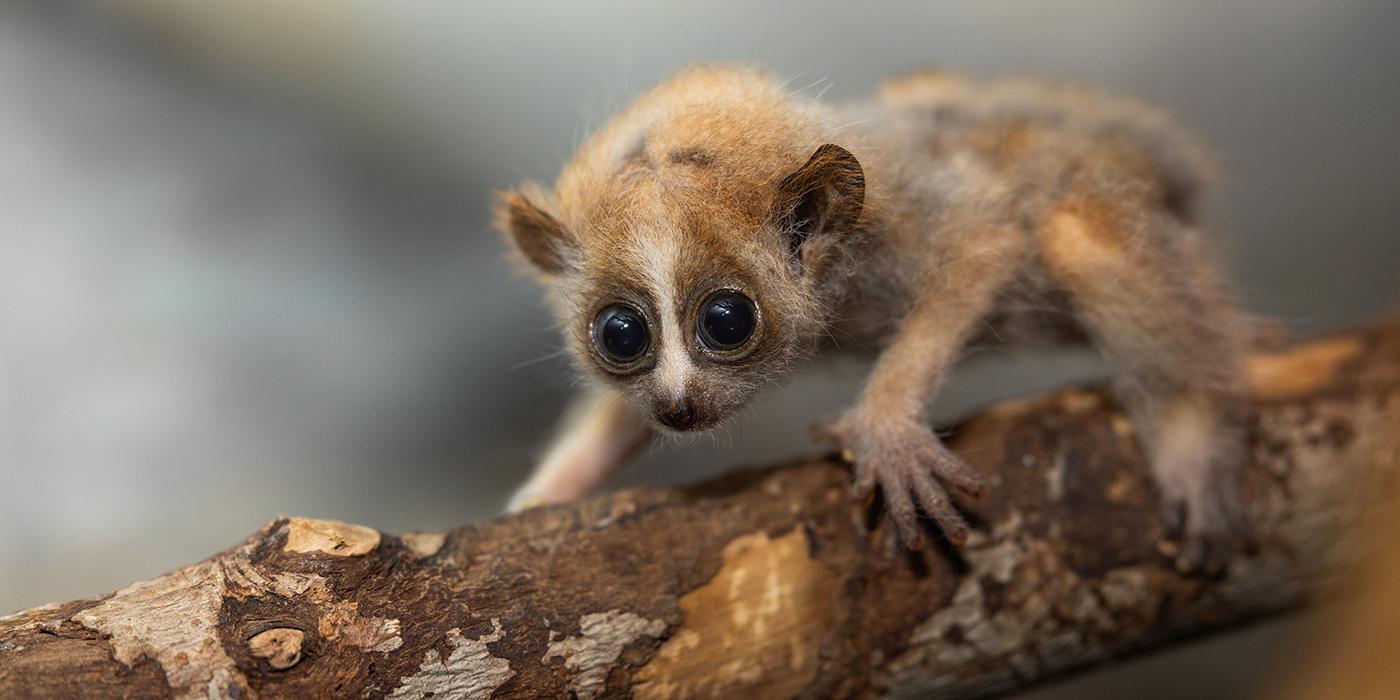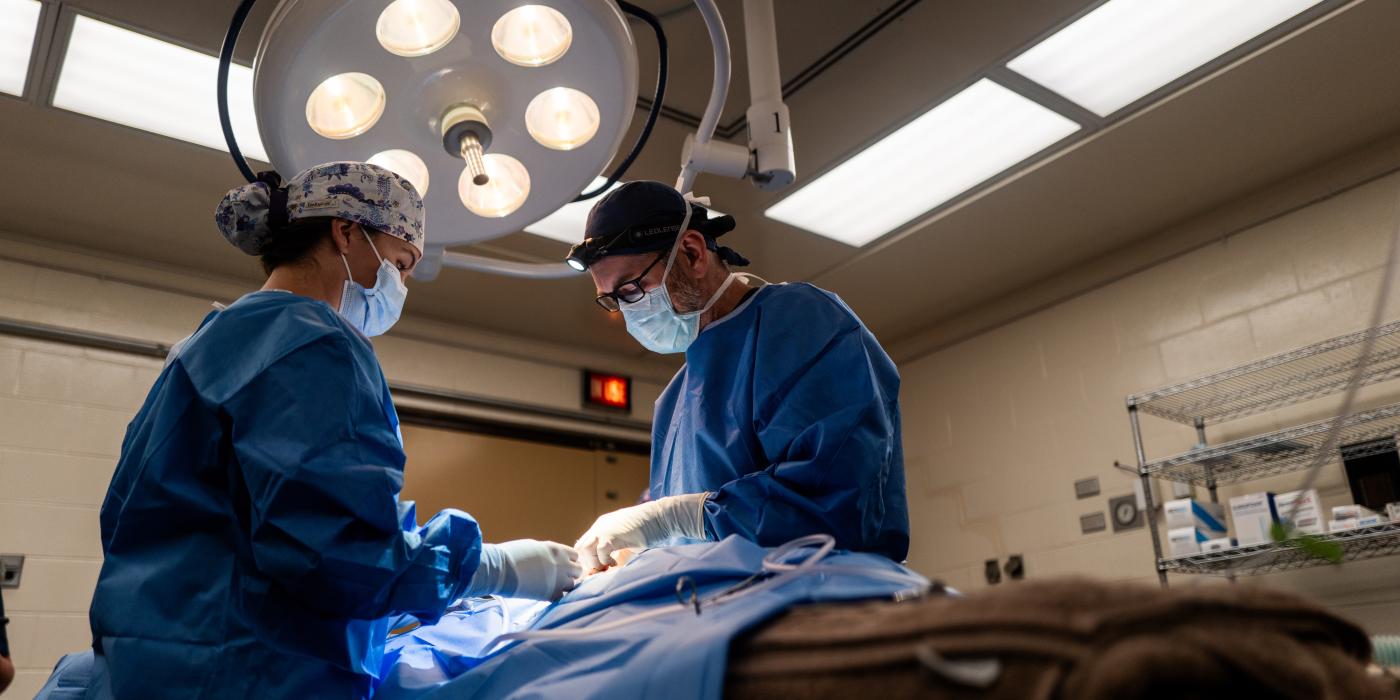#CheetahCubdate: Brave Little Explorers
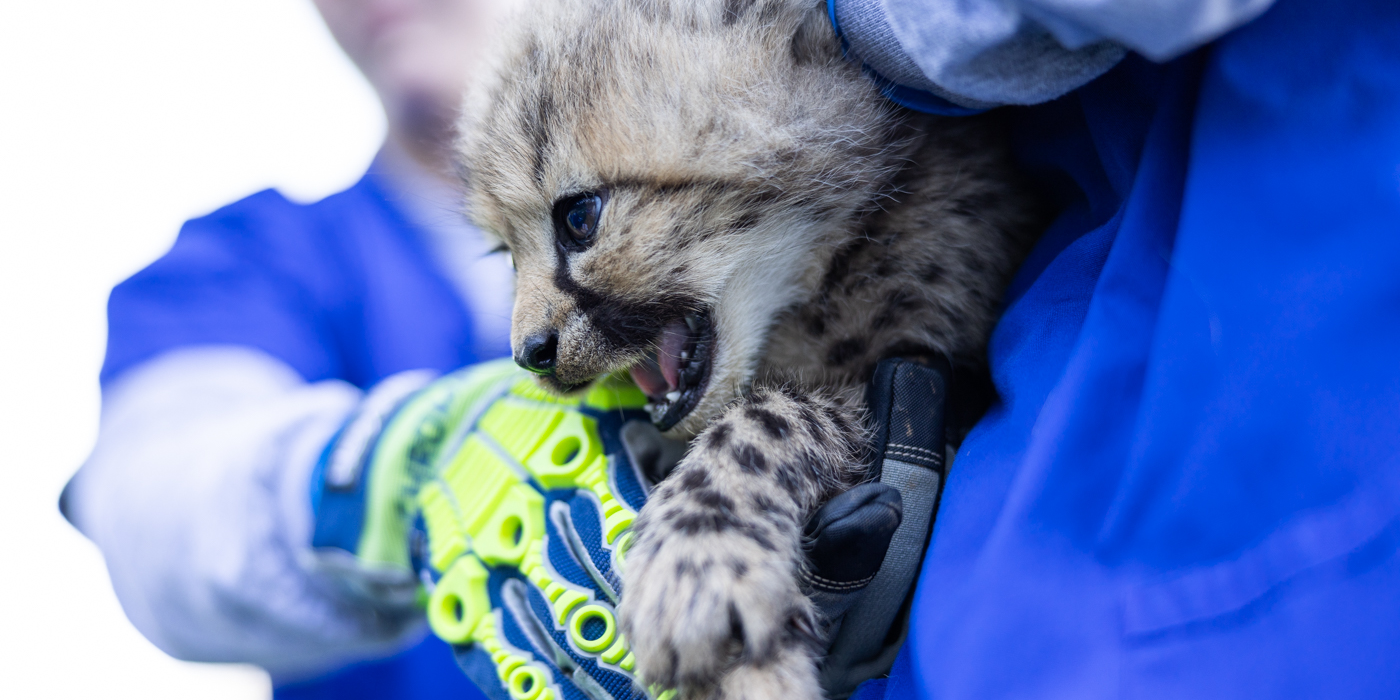
This update was written by carnivore biologist Adrienne Crosier.
It’s been about 8 weeks since our newest litter of cheetah cubs was born, and all five are very advanced for their age! They’re growing so fast and they’ve even started eating meat. The cubs are extremely mobile and are keeping themselves busy by exploring all over their yard. Compared to litters in previous years, they are all very brave. They explore on their own a lot. You may have even seen a few cubs go into one of the Cheetah Cub Cam dens on their own to check it out and investigate.
Echo is doing great, too. She has some days when she is extra protective over the cubs. But, in general she is becoming a little more relaxed about caring for her cubs and is allowing them to explore a little more than she did when they were younger. The cubs are so big now that she doesn’t have many options – they are getting too big for her to pick up easily.
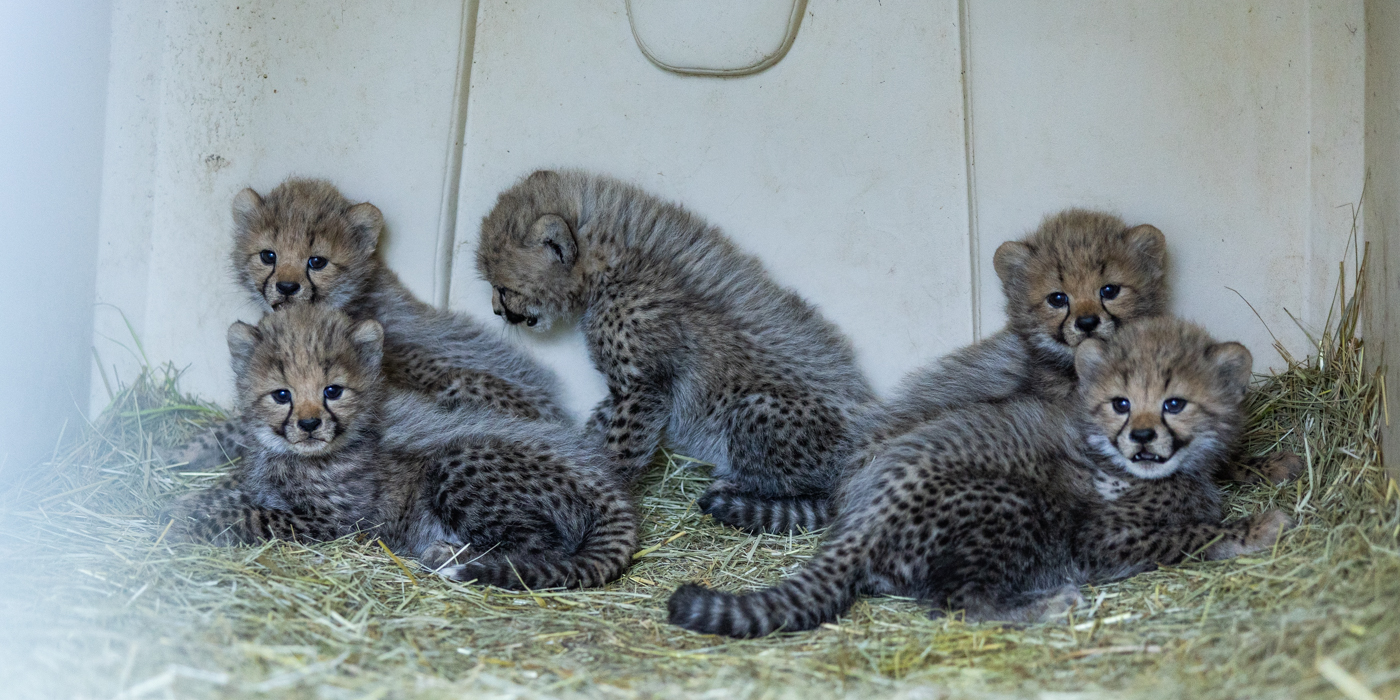
In late October, the veterinarian team at the Smithsonian’s National Zoo and Conservation Biology Institute gave the cubs their first physical. While we’ve been almost constantly monitoring the cubs since they were born, this is the first major health exam they’ve experienced. Our veterinary teams checked each cubs’ heart, eyes, lungs and other vitals, and administered vaccines and dewormers. Each cub also received a transponder and we collected samples of their blood.
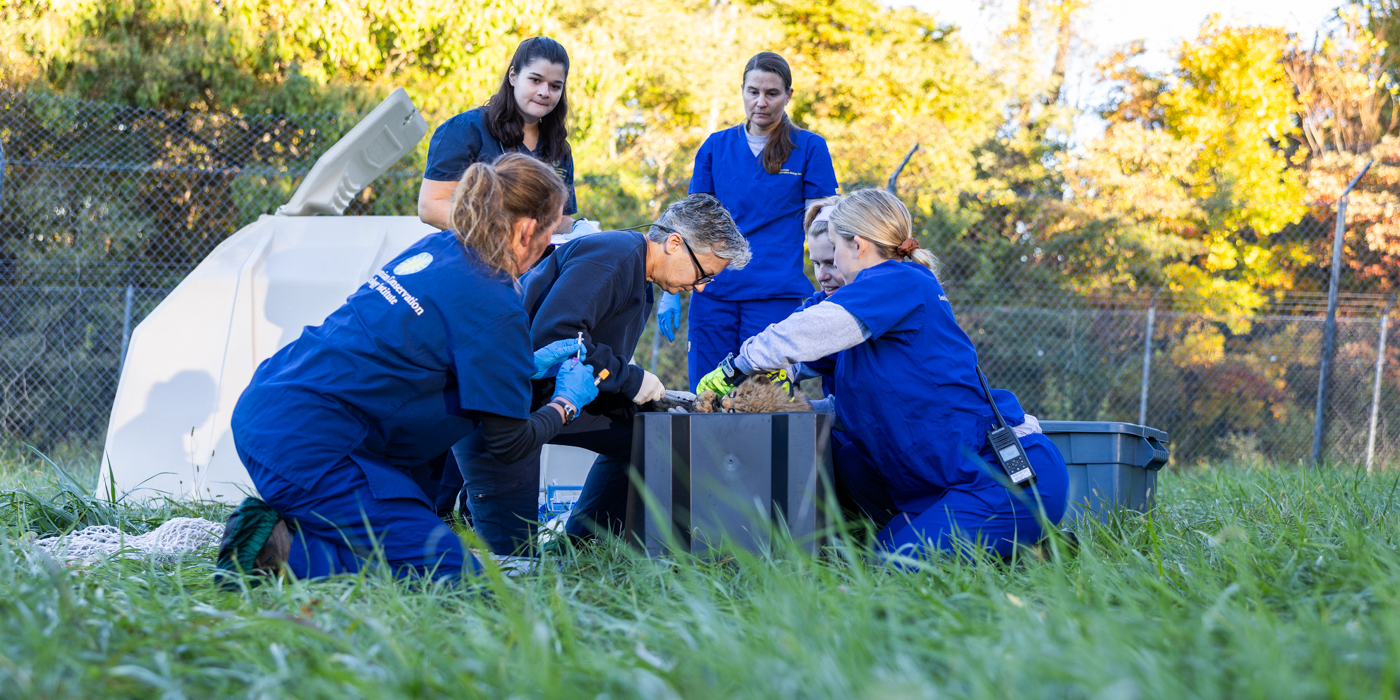
For the most part the cubs behaved well. They don’t love when we restrain them – which we had to do for the blood collection. Just like taking your pet to the vet, it’s important to be sure they are all healthy and don’t have any potential issues lurking under the surface.
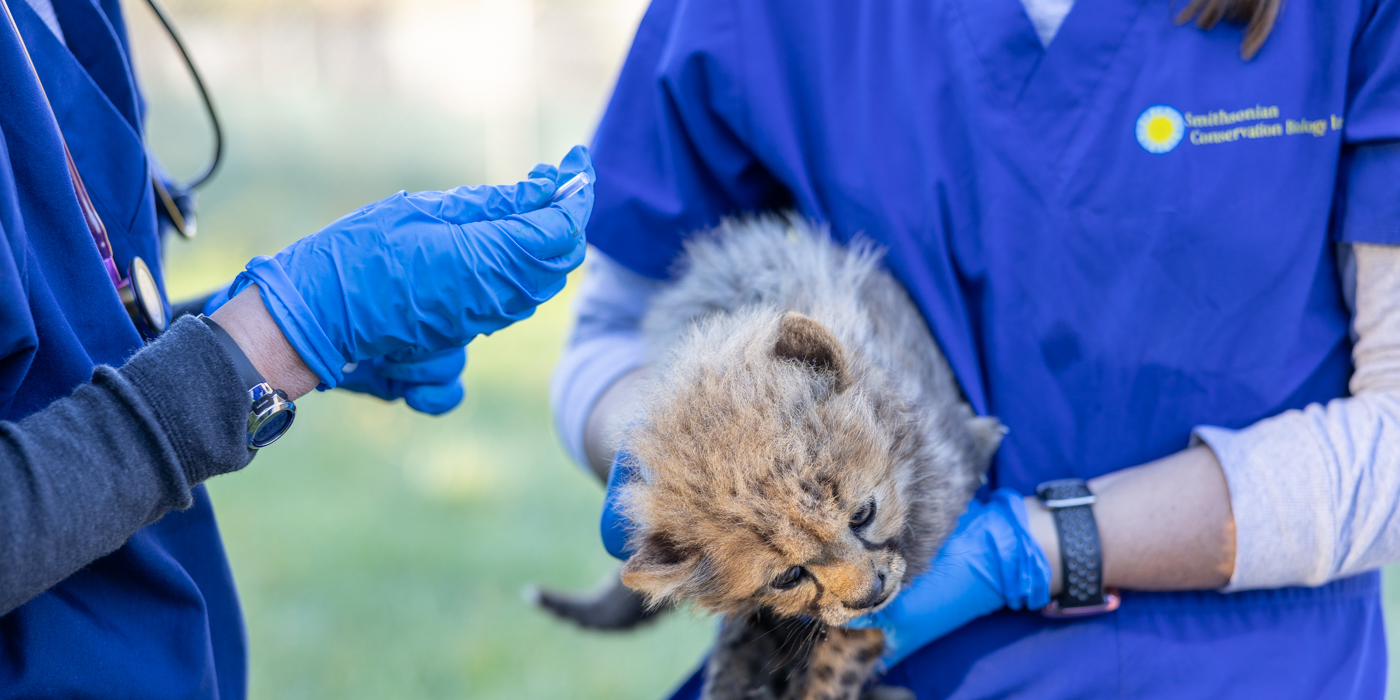
One mystery we’d like to solve? Determining the cubs’ exact family lineage. We mentioned this in last week’s update, but we’re not sure if the sire of each cub is Flash or Asante, although we’re quite certain the mom is Echo. To solve this puzzle, our colleagues at the Smithsonian Conservation Biology Institute’s Center for Conservation Genomics are running PCR tests to compare the alleles (genes) of each cub with those of Echo and the two potential sires.
A little explanation behind the science: When it comes to genetics, we all inherit one allele (gene variant) from each parent. So for our cheetahs, we can use PCR tests to figure out which of the potential fathers is the sire depending on which alleles each of our cubs have. For example, if our genetic analyses show that Echo has allele Z, Flash has allele X, and Asante has allele Y, and then the testing we’ve conducted on that cub reveals that it has allelles Z and Y, then that means that cub’s sire has to be Asante. Interesting, right?
We’re hopeful that we can have the full results of these “paternity tests” available by the end of the year. We’ll need to be certain about their lineage if we want the cubs to enter breeding programs in the future—but for now, it’s just fun for us to look at each cub and try to figure out if they look more like Flash or Asante!
Try to get a glimpse of the cubs on the Cheetah Cub Cam! And catch up on previous #CheetahCubdates here.
Related Species:


